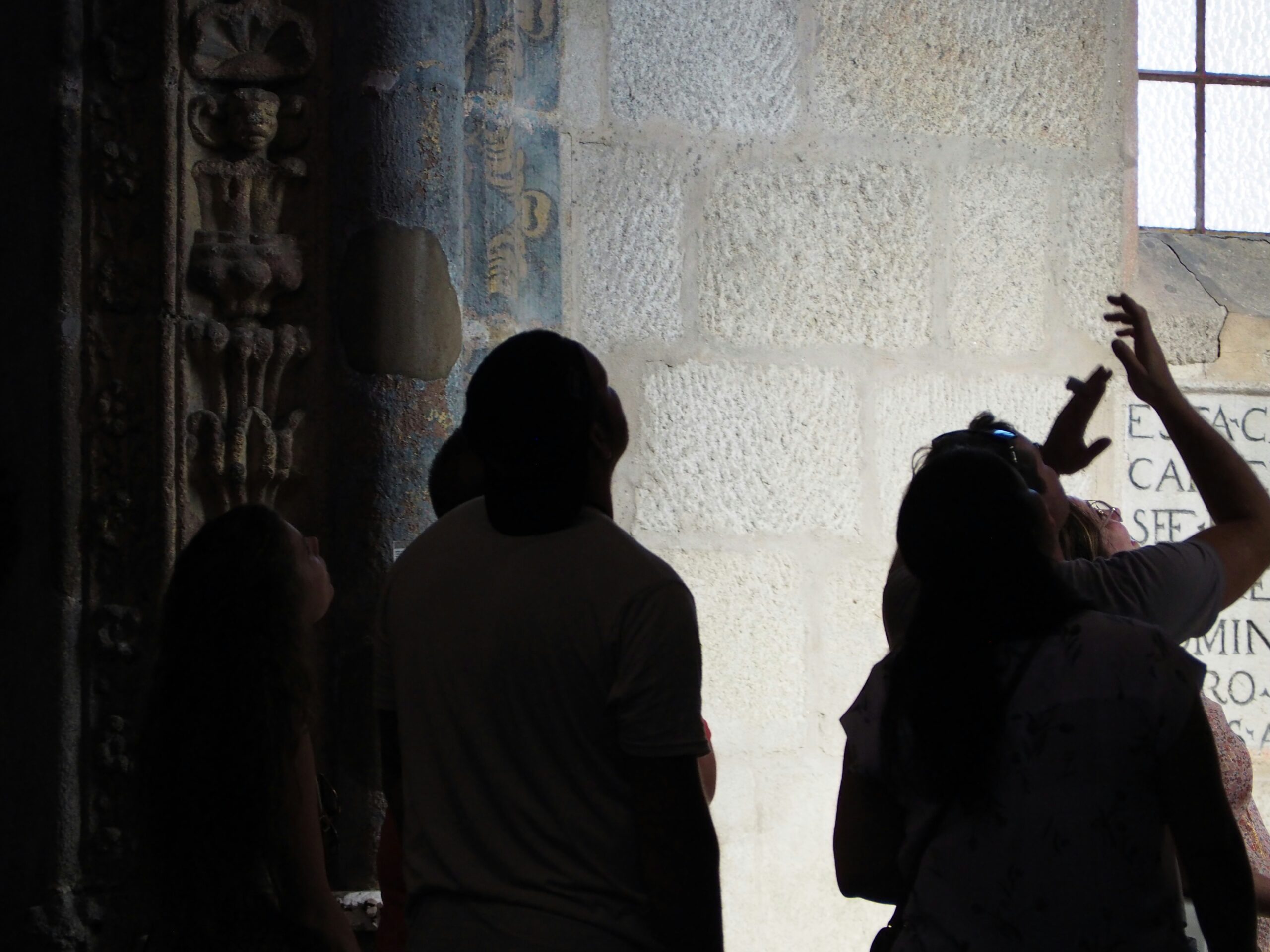“These weren’t the works of psychopaths — they were people fighting against something intolerable that many of us know is there, but hasn’t been named yet.”
« The Kinder, Gentler American Empire »:
‘… it’s a fairly powerful event to find a decent-sized book that does nothing but articulate a series of truths about the American Life you’ve hardly read about or spoken about, but just simply felt. Mark Ames’ Going Postal: Rage, Murder, and Rebellion — From Reagan’s Workplaces to Clinton’s Columbine and Beyond (Soft Skull, 2005) is such a book. Ames takes a systematic look at the scores of rage killings in our public schools and workplaces that have taken place over the past 25 years. He claims that instead of being the work of psychopaths, they were carried out by ordinary people who had suffered repeated humiliation, bullying and inhumane conditions that find their origins in the “Reagan Revolution.” Looking through a carefully researched historical lens, Ames recasts these rage killings as, essentially, failed slave rebellions.’
— Alternet
Mark Ames explains what’s behind the book:
‘What got you interested in American rage murders? Did you have an inkling about what their underlying cause might be before you started piecing the articles and background information about them together in a systematic fashion?
‘Columbine. I had just flown home from Moscow to visit a friend who was dying of cancer when Columbine happened, and my first, unmediated reaction to the news was something between sympathy and awe. Officially everyone was horrified, but a lot of friends I talked to, ranging from artists to yuppies, told me they had the same reaction, that Dylan Klebold and Eric Harris were like heroes, and we were all surprised it didn’t happen sooner. So I started to ask myself why I had this sympathy, why it was so widespread (and sympathy for the killers is incredibly common, just highly censored), and that led me to look at the larger phenomenon of rage murders. On my next visit there was a massacre at Xerox in Honolulu. At the time I was trying to cover the start of the 2000 Democratic presidential nomination campaign, and I felt overwhelmed by the intolerable insanity of the culture, and that feeling of being crushed, and then I remembered, “This is why I left the US for Russia in the first place.” That was when I finally linked the two, workplace and school rage murders. These weren’t the works of psychopaths — they were people fighting against something intolerable that many of us know is there, but hasn’t been named yet. There isn’t a Marx to give a name to post-Reagan middle-class pain. How do you fight against something horrible, oppressive, and debilitating before it even has a name? Especially when everyone, especially middle-class people, sneer at it and refuse to believe it’s valid. When you’re too deep in the culture, you start to think that the most horrible/mundane aspects are normal and just the way things are. When you’re outside of it for awhile, it’s a little easier to see the insanity and brutality for what it is.’
An « excerpt from the book »:
‘On April 20, 1999, the bloodiest of all school rage massacres took place at Columbine. Eric Harris and Dylan Klebold murdered twelve students and a teacher, wounded twenty others, and then killed themselves. Americans wanted to blame everything but Columbine High for the massacre — they blamed a violent media, Marilyn Manson, Goth culture, the Internet, the Trench Coat Mafia, video games, lax gun control laws, and liberal values. And still skipping over the school, they peered into the opposite direction, blaming the moral and/or mental sickness, or alleged homosexuality, of these two boys, as if they were exceptional freaks in a school of otherwise happy kids. They searched all over the world for a motive, except for one place: the scene of the crime. In fact, a typical Columbine school day for Harris and Klebold was torture. Former student Devon Adams told the Governor’s Columbine Review Commission that the boys were regularly called “faggots, weirdoes, and freaks.” As one member of the Columbine High School football team bragged after the massacre, “Columbine is a good, clean place except for those rejects. Most kids didn’t want them there … Sure we teased them. But what do you expect with kids who come to school with weird hairdos and horns on their hats? … If you want to get rid of someone, usually you tease ‘em. So the whole school would call them homos.”’
— Alternet
Quite interesting stuff.











